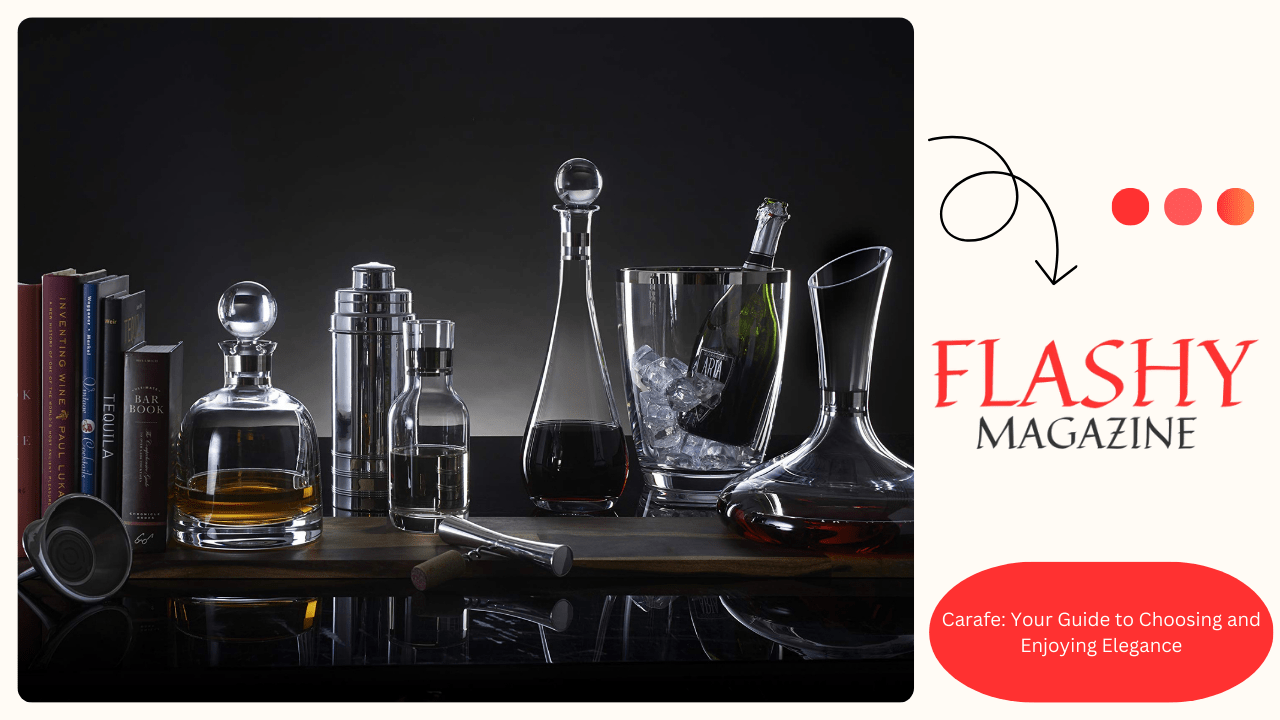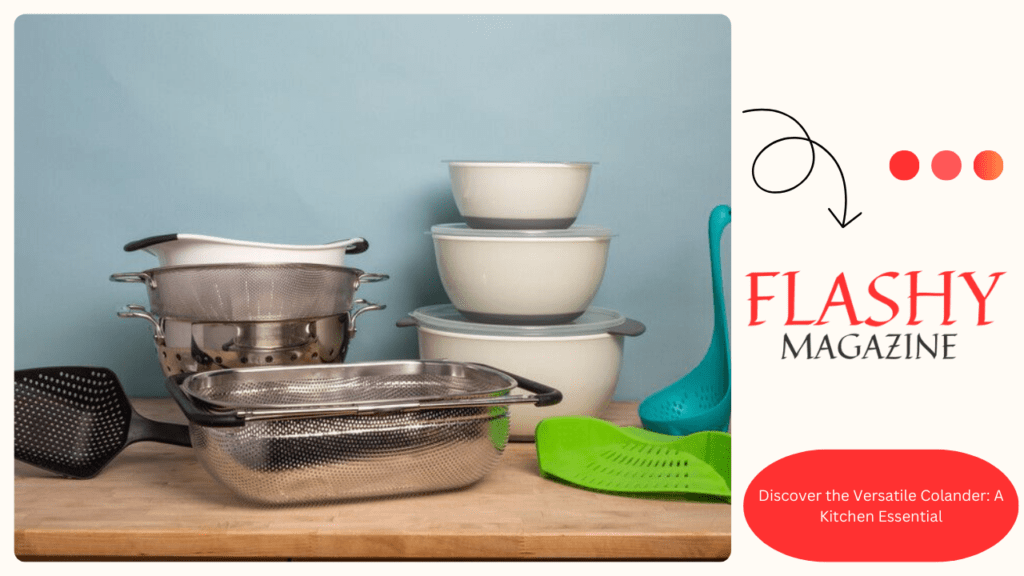A carafe is further than just a simple serving vessel; is a swish and functional addition to any table and brings fineness to everything from water to wine. Whether you are a epicure, an occasional host or someone who loves well- designed homewares, the pail occupies a unique place in both everyday and special occasions. This composition delves into the history of the carafe, its colorful types and uses, and why it has come an enduring icon of serving and storehouse.
Preface
The carafe has come a chief in homes and caffs around the world, from enhancing the donation of drinks to helping showcase the finest wines. Simple in function, but frequently elegantly designed, jorums are used to serve a variety of liquids in a refined and visually charming way. Whether you are enjoying a quiet regale at home or hosting guests, using a carafe can elevate the experience because it’s accessible and swish.
What’s a Carafe?
A carafe is a vessel, generally made of glass or demitasse, used to serve and occasionally hold potables similar as wine, water, coffee, and juice. Although they come in numerous shapes and sizes, beakers are generally spherical with a narrower neck, making pouring easier. Unlike ewers, beakers generally do n’t have handles, which gives them a satiny, minimalist look. The design of the carafe emphasizes visual fineness and functionality, helps to increase the enjoyment of drinks and at the same time complements the table decoration.
History and Origin of the Carafe
The word” carafe” is deduced from the Arabic word gharrafa, which means” drinking mug”. Beakers have a rich history that dates back to ancient times, when they were used to serve and store drinks. In ancient Greece and Rome, pail- suchlike vessels were made of complexion and latterly of glass. Over the centuries, jorums evolved into the elegant, cultural vessels we know moment, used not only for practical purposes but also as ornamental objects in homes and cafes.
Carafe vs. Decanter: What is the Difference?
Beakers and jorums are frequently confused, but they serve different purposes. A carafe is primarily used to aerate the wine, allowing it to” breathe” and develop flavor, and generally comes with a breach to save the drink. Beakers, on the other hand, are protean serving vessels used for a wide variety of liquids and frequently warrant stoppers. While both can be swish, beakers are specifically designed to enhance the wine drinking experience, while jorums concentrate on serving in style.
Different Types of Carafe
Beakers come in different types, each suitable for different drinks and occasions.
Wine Carafes
Wine Carafes are designed to enhance the flavor of wine by exposing it to state. Although they do n’t have the same shape as beakers, they allow the wine to breathe, which can enhance the aroma and taste. Wine carafe frequently have a wide base for stability and a narrow neck for easy pouring.
Carafe for Water
Water carafe are a common part of caffs and homes. They’re generally altitudinous and slender and are ideal holders for serving water, authorities and other soft drinks. numerous water beakers are now designed with removable lids to keep the water fresh and help impurity.
Carafe for Coffee and Tea
Isolated beakers are generally used to serve hot drinks like coffee and tea and keep them warm for a long time. These beakers are made from accoutrements similar as pristine sword, frequently with vacuum sequestration that maintains the ideal temperature for hours, making them ideal for serving during brunches or business meetings.
Accoutrements Used in the Manufacture of Carafe
The material of the pail can affect its continuity, appearance and how well it insulates drinks. Then are some popular accoutrements:
Glass Carafe
Glass is one of the most common accoutrements for beakers due to its clarity, which allows you to see the drink outside. Glass carafe are protean and swish, but can be less durable compared to other accoutrements .
Crystal Carafe
Demitasse carafe are frequently used to serve wine and give it a touch of luxury. They’re more refined and elegant than glass carafe and enhance the donation of fine wines, although they can be delicate and precious.
Stainless Sword and Insulated Carafe
Stainless sword carafe with vacuum sequestration are ideal for keeping drinks hot or cold. They’re durable, easy to clean and maintain temperature effectively, making them popular in marketable surroundings and homes where hot drinks are regularly served.
Choosing The Right Carafe for Your Requirements
Choosing a pail depends on what you want to use it for, along with factors similar as style, size and material.
Size and Shape Considerations
The size of the pail depends on the quantum you intend to serve. lower jorums are ideal for particular use, while larger bones can serve further people. also, the shape affects its stability and how well it pours, so consider both practical and aesthetic factors.
Functional vs. Ornamental Carafe
Some carafe are designed purely for functionality, similar as insulated coffee carafe, while others may have intricate designs that make them more ornamental. For those who like a well- coordinated table setting, choosing a carafe that matches the theme of your dining experience can make a big difference in the overall donation.
Advantages of Using a Carafe
Using a carafe offers a number of benefits, from flavor improvement to visual appeal.
Improvement of Taste and Smell
In the case of wine, using a pail can ameliorate the flavor of the drink by allowing it to breathe. Indeed water, when left in a glass pail, can absorb flavors from citrus slices or sauces to produce a stimulating infusion.
Temperature Regulation
The insulated pail keeps hot drinks warm for hours and can keep cold drinks cold. This is particularly profitable for meetings where it’s necessary to have drinks available for a longer period of time.
Aesthetic Appeal
Carafe will elevate the donation of any table setting and add an element of complication and fineness. They bring style to both casual and formal occasions and enhance the visual appeal of the table.
How to Duly Use a Carafe
To get the most out of your pail, follow these simple guidelines.
- Choose the Right Carafe for the drink you plan to serve.
- Wash the Carafe before use to insure its cleanliness, especially if it has been stored.
- Fill the Carafe Precisely to avoid spillage. For wines, pour only as important as you plan to serve in the near future.
- Still, Use a Breach or a Lid, although utmost jorums are n’t designed for longer storehouse, If you want to keep the drink longer.
Carafe Conservation and Drawing
With proper care, your carafe will retain its beautiful and functional appearance for numerous times:
- Hand Marshland if Necessary Some carafe, especially crystal clear carafe, bear gentle hand washing with a mild soap.
- Use a Cleaning Encounter A encounter will help you get into tight spots and insure thorough cleaning.
- Sot Incontinently to help water stains, which can be particularly visible on glass.
Carafe for Serving and Aerating Wine
A carafe can play a vital part in serving wine, especially red wines that profit from a bit of aeration. Pouring wine into a carafe exposes the wine to oxygen, which can open up the flavor, soften the tannins, and enhance the wine’s bouquet. This procedure is especially popular with youthful tannic wines.
Popular Carafe Styles and Design Trends
Carafe designs vary extensively, from traditional glass to contemporary minimalist pieces. Some recent trends include double- walled glass carafe that maintain temperature and carafe with angular, asymmetrical shapes that make striking tabletop displays.
Ecological Beakers Reducing the Use of Plastics
With the global shift towards sustainable living, glass and pristine sword carafe have come popular as ancon-friendly volition to plastic ewers. Using a carafe helps reduce single- use plastics, and numerous are made from recycled or recyclable accoutrements , appealing to environmentally conscious consumers.
Carafe in Popular Culture and Fine Dining
Carafe are generally set up in cooking, where donation is essential. Their association with fineness and meliorated dining makes them a chief in high- end caffs and indeed on movie sets where food takes center stage. This artistic presence reinforces the pail’s part in the art of dining.
Innovative Carafe and Ultramodern Functions
Ultramodern carafe are designed with invention in mind. Some come with erected- in infusers that allow druggies to directly add fruits, sauces or spices. Others are made from temperature-sensitive accoutrements that indicate when the drink is at the ideal temperature, combining functionality with slice- edge design.
Carafe Gift Ideas for Every Occasion
Carafe are great gifts, whether for a marriage, anniversary or housewarming. A beautifully drafted carafe can be a thoughtful gift, especially in combination with a bottle of fine wine or fine coffee. individualized carafe with custom drawings add a unique and indelible touch.
Conclusion: Why Every Home Needs a Carafe
The carafe brings versatility, fineness and functionality to every home. In addition to being just a serving vessel, it enhances flavors, maintains temperature, and adds an aesthetic that elevates everyday dining. Whether you are a host who likes to entertain or simply someone who appreciates subtle design, the carafe is a practical yet beautiful addition to any home.
Constantly Asked Questions
- What’s the difference between a carafe and a ewer?
A carafe is generally narrower, without a handle, while a ewer frequently has a wider body and handle for easy pouring.
- Can I use the carafe for hot drinks?
Yes, but it depends on the material. isolated carafe are especially designed for hot drinks, while glass carafe are more suitable for cold drinks.
- What’s the stylish carafe material?
It depends on the intended use; glass is ideal for aesthetics, pristine sword for sequestration and demitasse for luxury.
- Will using a carafe ameliorate the taste of wine?
Yes, Carafe can help the wine to breathe, which enhances its aroma and taste, especially for youthful red wines.
- How do I clean a carafe with a narrow neck?
Use a bottle encounter and mild soap and allow to dry completely to help water stains.








